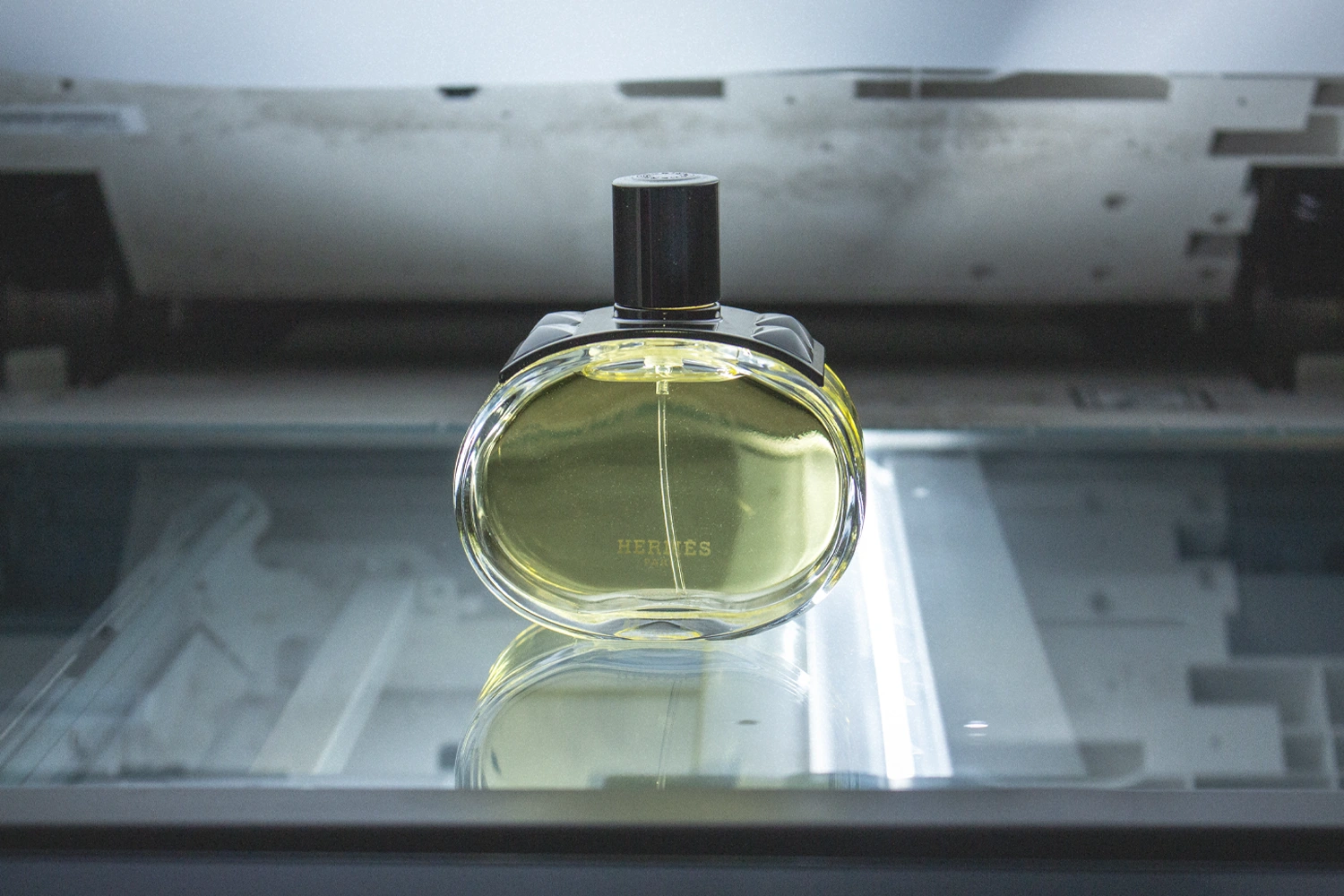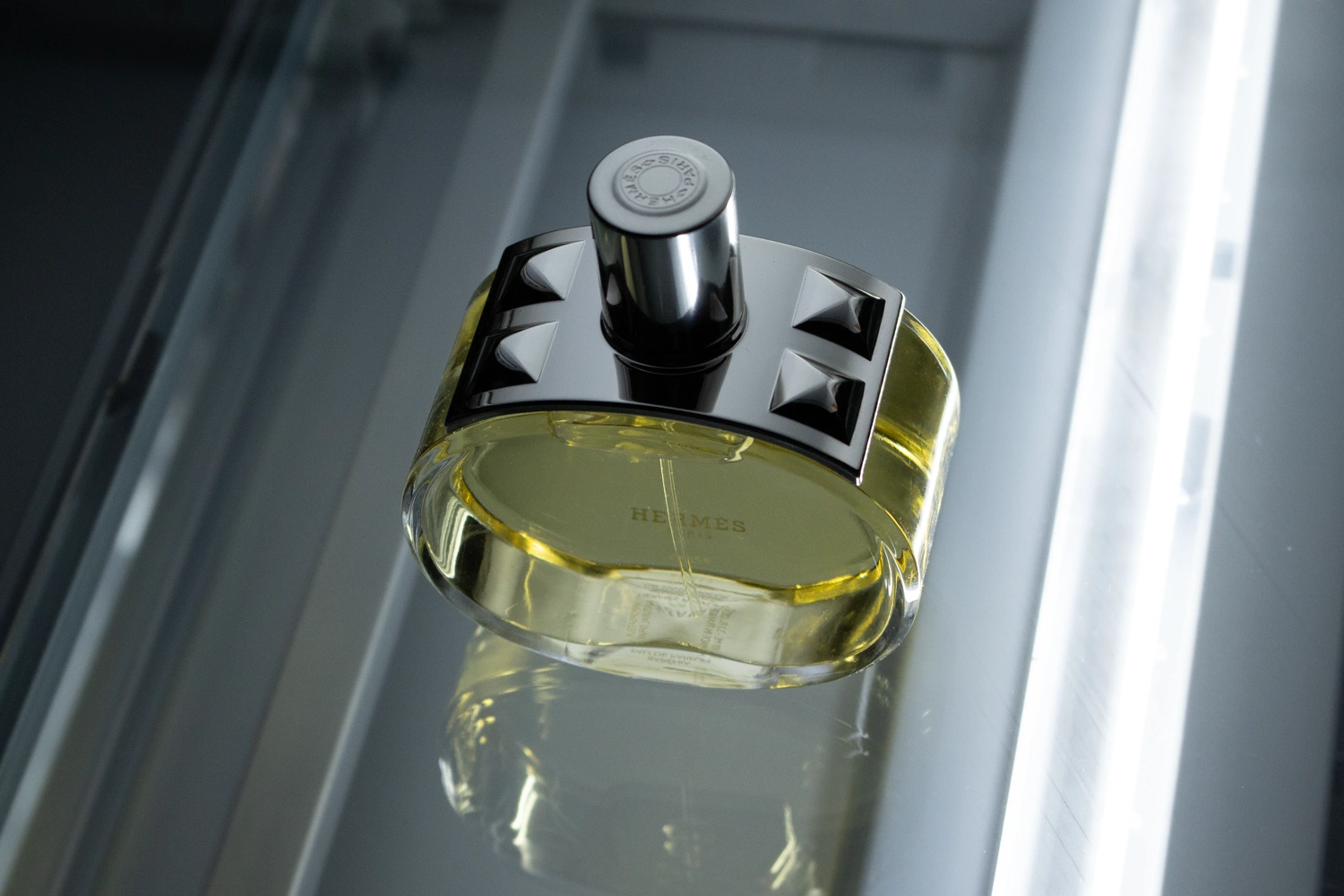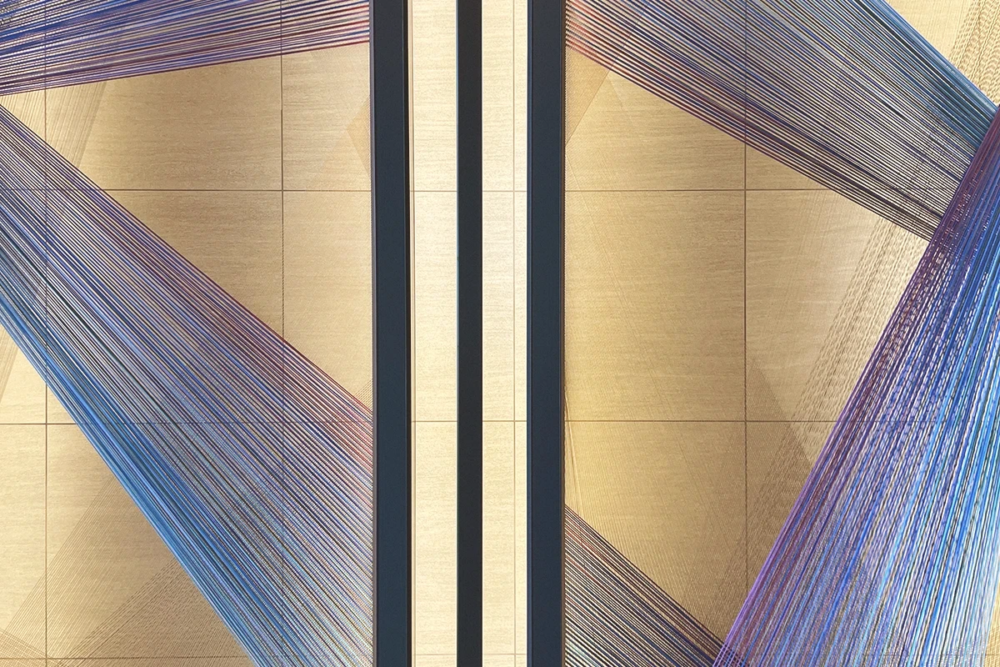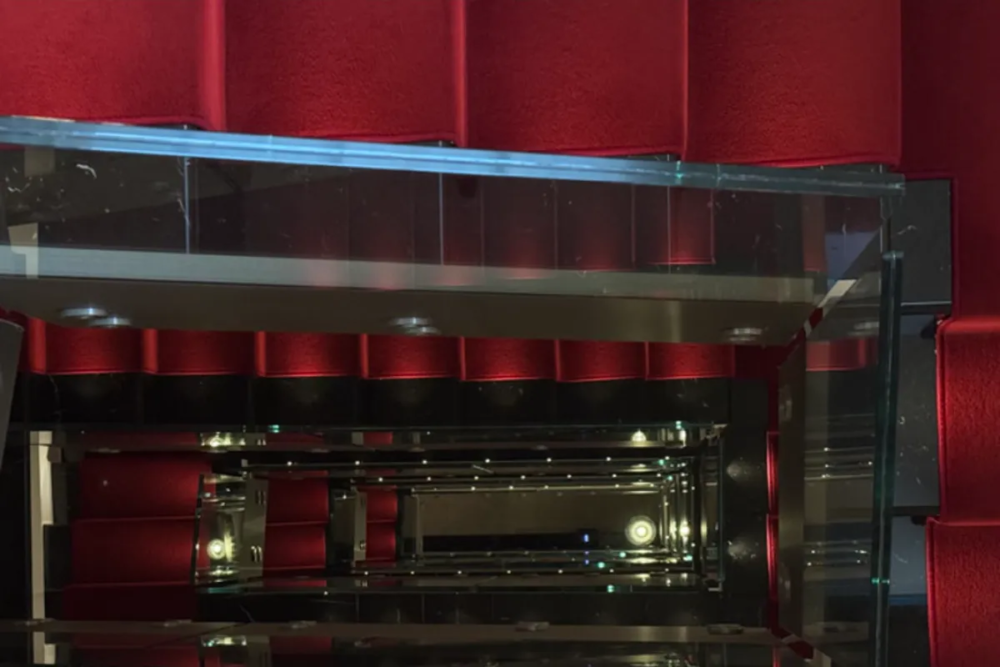
Hermès deepens its exploration of the chypre with Barénia Eau de Parfum Intense
Christine Nagel’s Barénia Eau de Parfum Intense is technically precise and aesthetically consistent with Hermès’ language of design — clean lines, controlled tension, lasting form
A new interpretation of the chypre accord through Hermès’ design logic
Barénia Eau de Parfum Intense represents an evolution of the maison’s first true chypre. Rather than introducing an entirely new formula, Christine Nagel reworks the structural framework that defines the chypre family – the dialogue between brightness and depth, between freshness and woody persistence – with a greater emphasis on the base materials.
In the original Barénia, the freshness of bergamot and the softness of tallow lily balanced the warmth of patchouli and oakwood. In the Intense version, the hierarchy shifts. The Intense composition shifts its balance downward, giving more weight to the base materials — oakwood, patchouli absolute and leather — which determine the perfume’s overall structure and persistence.
The result is a chypre rendered with modern restraint. Instead of reproducing the heavy moss-laden chypres of the past, Nagel constructs a contemporary version that retains the geometry of the form but replaces the raw materials with new equivalents. It is both technically precise and aesthetically consistent with Hermès’ language of design — clean lines, controlled tension, lasting form.
Olfactory structure: lily, patchouli and oakwood in a balanced composition
At the heart of Barénia Eau de Parfum Intense lies the mariposa lily, a delicate flower whose scent oscillates between white floral and light green facets. It introduces air and transparency into the composition, preserving the chypre’s structural balance. The floral note is followed by a core of patchouli absolute, which brings warmth and a hint of humidity, contrasting with the dryness of toasted oakwood.
The base of the perfume amplifies this duality: the leather accord, inspired by the maison’s signature Barénia leather, integrates seamlessly with the woody notes. It does not impose a pronounced animalic tone but rather evokes the texture of fine leather — smooth, tactile and slightly smoky. Together, these materials create a perfume that feels grounded and coherent, less about individual notes than about the interplay between them.
This new structure gives Barénia Intense its depth and longevity. On skin, the fragrance moves gradually from its luminous floral introduction toward a darker, more mineral dry-down. The projection remains moderate, in keeping with Hermès’ understated aesthetic, but the persistence is notably extended compared to the original Eau de Parfum.
Material inspiration: from Barénia leather to olfactory craftsmanship
As with the first edition, the name Barénia links the perfume directly to Hermès’ artisanal heritage. Barénia leather — natural calfskin with a smooth, matte surface — was originally used for saddlery before becoming one of the maison’s most iconic materials. Its defining quality is its ability to evolve: it darkens, softens and acquires a patina over time.
Christine Nagel translates this process into the temporal life of the fragrance. The perfume, like the leather, develops through contact and time. The warmth of the skin replaces the craftsman’s hands; oxidation becomes diffusion. Barénia Intense is conceived not as a static object but as a material that changes through wear. This alignment between design and perfumery — between the way Hermès works leather and the way it composes scent — defines the project’s coherence.
A precise design language: bottle, form and continuity
The bottle of Barénia Intense retains the form established with the original release, designed by Philippe Mouquet. Its structure is clear and symmetrical, a deliberate echo of the Collier de Chien motif — the studded metal plate that has been part of Hermès design since the 1920s. For the Intense edition, the colour gradient deepens toward amber-brown, a visual cue to the denser composition within.
This continuity of form underlines Hermès’ broader design strategy: evolution through adjustment, not reinvention. Just as the maison’s leather goods maintain recognisable silhouettes while changing in colour or texture, its perfumery advances by refining proportion and material emphasis rather than through sudden transformation.
Performance and sensory profile: intensity as balance, not volume
Although described as Intense, the new Barénia does not project more loudly. Its intensity lies in its concentration of materials and its cohesion on the skin. The perfume diffuses in controlled layers: the floral opening settles within minutes, leaving a warm woody-leathery trail that endures for several hours. The effect is continuous rather than explosive.
This type of intensity — one defined by persistence and integration — corresponds to the maison’s definition of luxury as something perceptible to the wearer before it is visible to others. In this respect, Barénia Intense remains consistent with Hermès’ aesthetic across all its disciplines: discreet, precise, resistant to excess.
The chypre today: maintaining identity through innovation
The introduction of Barénia Eau de Parfum Intense situates Hermès at the centre of an ongoing discussion within perfumery about how classical structures can survive in a changing regulatory and aesthetic environment. The chypre, once dependent on natural oakmoss, has required reinterpretation for decades. Many contemporary houses have abandoned it entirely, finding its complexity too difficult to adapt.
Hermès’ approach shows that the structure can remain relevant if treated with precision. By replacing banned or limited materials with new wood and patchouli derivatives, and by focusing on tactile realism rather than replication, Nagel demonstrates that innovation in perfumery can occur within tradition rather than outside it.
The resulting fragrance maintains the analytical balance that defines the chypre: citrus and light florals above, woods and earth below. But it also aligns with contemporary preferences for clarity and material authenticity. It is neither vintage revival nor minimal experiment, but a hybrid of both — a technically rigorous construction presented with aesthetic restraint.









